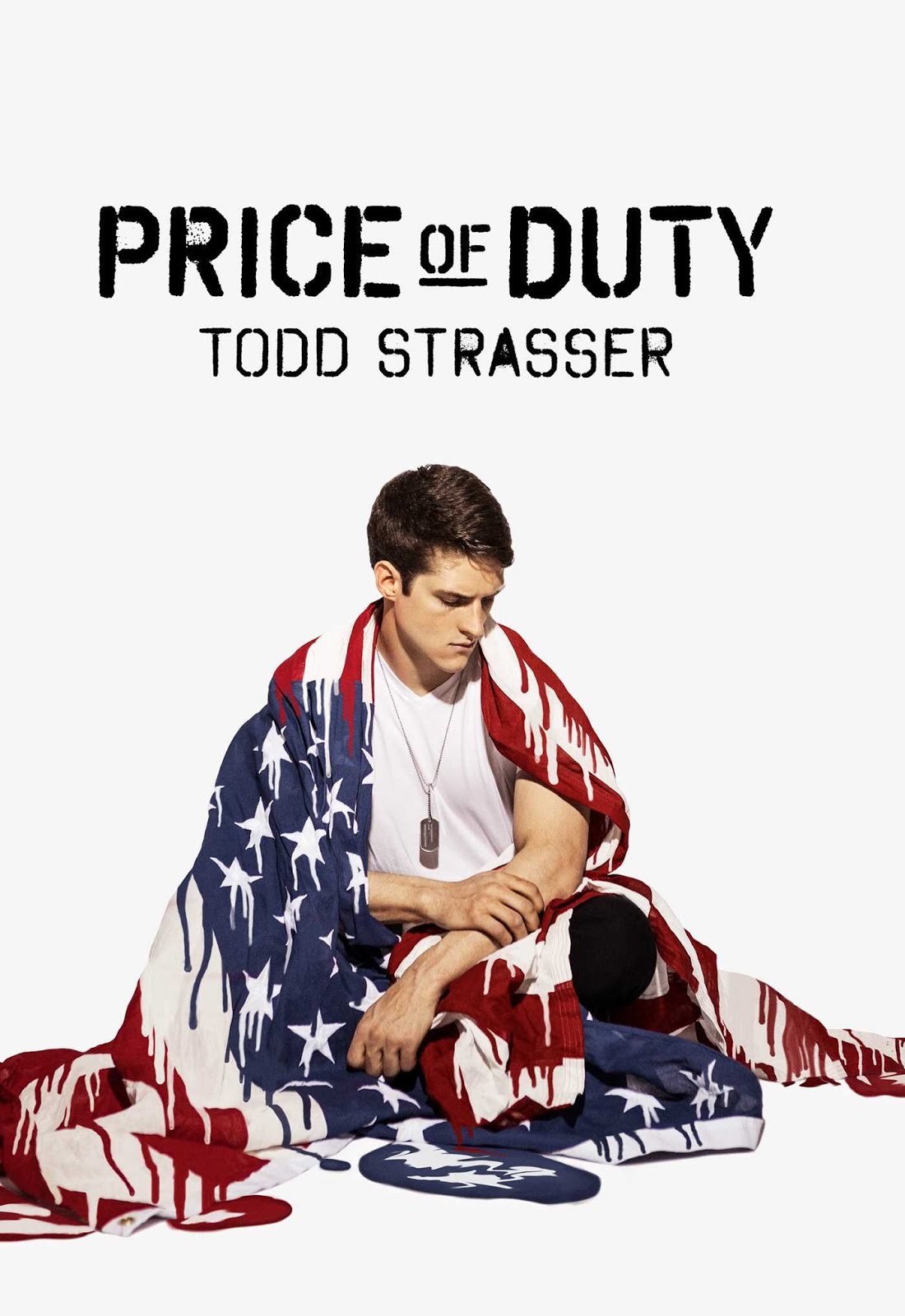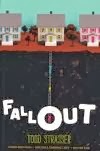I’d never seen anything so beautiful. Or so fast. We took the
kart over to the school parking lot and started it. The engine whined like a
chain saw (the Clinton company did indeed make chain saws), and when Doug took
off he shot past me with bugling eyes and a look of frozen fear on his face.
It had to be the coolest thing ever. That night at dinner I
asked my father if I could get a go-kart, too. “Sure,” he said. “If you can pay
for it.”
I shoveled driveways all winter and, by the spring, had
saved less than a quarter of what I would have needed to buy a kart like
Doug’s. It seemed hopeless, but then, in the Pennysaver, I found an ad for a homemade
kart that looked like it had been welded together out of spare pipe. It had no
engine.
“You sure you want it?” Dad asked, clearly dubious, when he
took you to see it. But I was sure (And why not? I couldn’t afford anything
better).
I guess Dad felt bad after that, because he said I could
have the Briggs and Stratton engine from our old lawn mower. I unbolted the
engine from the lawnmower, drilled new holes in the engine plate on the go-kart,
and mounted it.
When I went to the store to buy a centrifugal force clutch,
I discovered that I couldn’t afford one. But I could afford a sprocket and a
chain. All I’d have to do was jump start the kart.
Our short driveway slanted down to the street. After making
sure no cars were coming, I crouched beside the kart like a bobsled driver and
pushed. The engine caught and roared. The kart shot out of my hands, sailed down
the driveway, across the street, crashed into the curb, and died.
In time I learned to push and jump on before the kart got
away. I would ride up and down the narrow street in front of our house, lugging
the engine on each tight turn, and knowing if I hit the brakes too hard she’d
stall.
Jumpstarting is hard on an engine. The spark plug often got
fouled and had to be cleaned. I fiddled constantly with the carburetor, and
often burned myself on the muffler. Cables snapped and had to be replaced. Brake
bands wore out and had to be replaced. The drive tire went bald and had to be
replaced. I did it all myself.
While every kid around begged Doug to let them drive his
kart, I cannot remember anyone ever asking to drive mine. I suspect they
regarded my kart as a joke and an eyesore. And yet, I can’t recall being
particularly bothered or jealous.
I’m pretty sure I spent far more time fixing the kart than
driving it. At its best, it never went a third as fast as Doug’s. It would be
too neat and easy to end this story by saying that Doug got bored with his kart,
or never appreciated it. The truth is, I have no idea how he felt about his
kart, or what he eventually did with it. All I know is I loved every second I
spent with mine.




